On our most recent trip to Strasbourg, we stopped at the Alsatian Folklore Museum, a.k.a. the Musée Alsacien, and we loved it. We viewed most of it in an hour, but it was so interesting, we could have easily stayed longer, had it not been for having to return to our hotel in time for check-out.
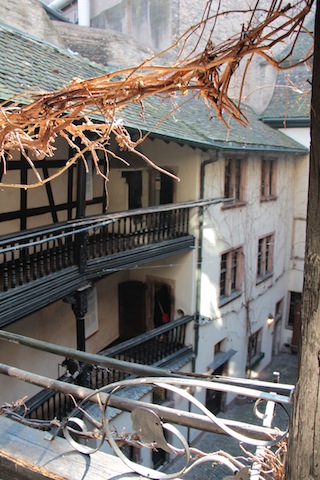
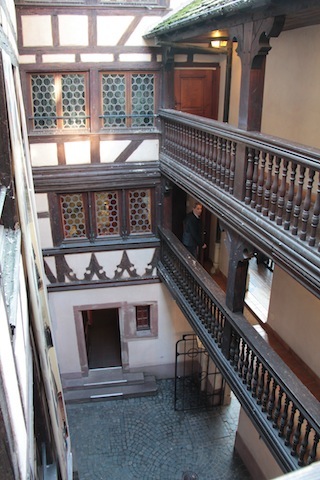
There are many sections to view, such as traditional rooms, costumes, paintings and historical Alsatian tools, glass paintings, and masks.
What caught my attention were these Kleiekotzer or Mehlkotzer (the one puking flour) or in proper English: flour mill spouts. The term Kleiekotzer dates back to the 18th and 19th century, when these masks were used by millers to let the flour pass through the masks’ mouth into the troughs.
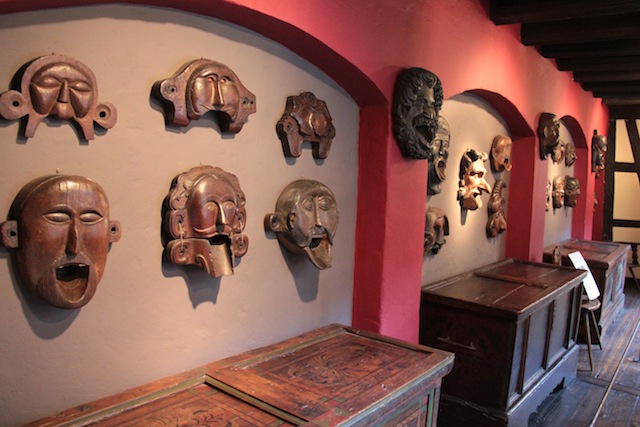
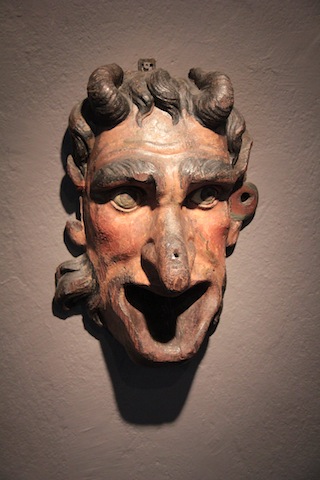
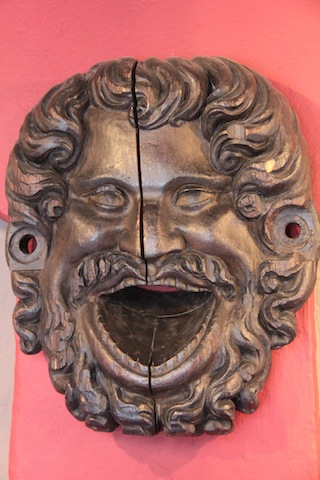
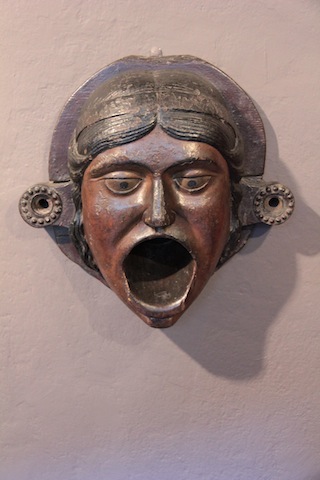
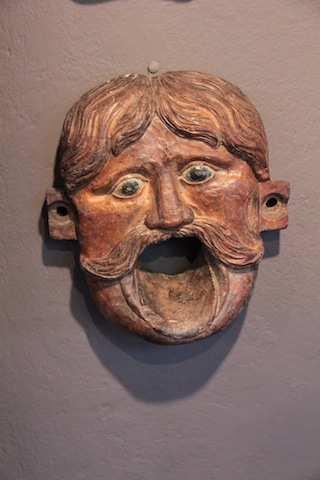
In 1903, the antique dealer, Robert Forrer, donated this large collection of carved wooden flour mill spouts to the Society of the Alsatian Museum in order to obtain its membership. His donation back then included 20 mill spouts, 20 chairs, and 30 cask bungs, but today this museum room only houses his flour mill spout collection.







